Sansevieria Masoniana (single plant pot)
Original price was: ₹140.₹45Current price is: ₹45.
56 in stock
Description
This product can ship to all over India
Sansevieria Masoniana, also known as the “Whale Fin” or “Shark Fin” Sansevieria, is a unique and visually striking species of snake plant. It is popular for its large, paddle-shaped leaves, which resemble the fins of a whale or shark, hence its common names. Here are some key characteristics and care tips for Sansevieria Masoniana:
- Appearance: The most distinctive feature of Sansevieria Masoniana is its broad, upright leaves that can grow up to 2-3 feet long and about 4-5 inches wide. The leaves have a unique mottled or patterned appearance, typically with light and dark green variations.
- Hardiness: Sansevieria Masoniana is known for its durability and can tolerate a wide range of conditions. It is a low-maintenance plant, making it a good choice for beginners.
- Light: This plant prefers bright, indirect sunlight but can also tolerate lower light conditions. It is best to avoid exposing it to direct sunlight for extended periods, as this can scorch its leaves.
- Watering: Sansevieria Masoniana is a succulent, and like most succulents, it is sensitive to overwatering. Allow the top few inches of the soil to dry out between waterings. Water sparingly, about every 2-4 weeks or when the soil feels dry.
- Soil: Well-draining potting mix is essential for this plant to prevent root rot. A cactus or succulent mix with good aeration is suitable.
- Temperature: Sansevieria Masoniana prefers temperatures between 70°F to 90°F (21°C to 32°C) during the growing season. It can tolerate lower temperatures but should be protected from frost.
- Humidity: This plant can adapt to a variety of humidity levels but generally prefers moderate humidity. It will tolerate drier indoor conditions.
- Repotting: Repot when the plant becomes root-bound, which can take a few years. Choose a pot that is slightly larger than the current one and repot during the growing season in spring.
- Fertilization: Feed your Sansevieria Masoniana with a balanced, diluted houseplant fertilizer every 2-3 months during the growing season (spring and summer). Avoid over-fertilization, which can harm the plant.
- Pests and Diseases: Sansevierias are generally resistant to pests and diseases, but you should still monitor for common houseplant pests like spider mites and mealybugs. Isolate and treat any infestations promptly.
Sansevieria Masoniana is a unique and attractive addition to your indoor plant collection. With the right care, it can thrive and provide a striking focal point in your home.
Only logged in customers who have purchased this product may leave a review.

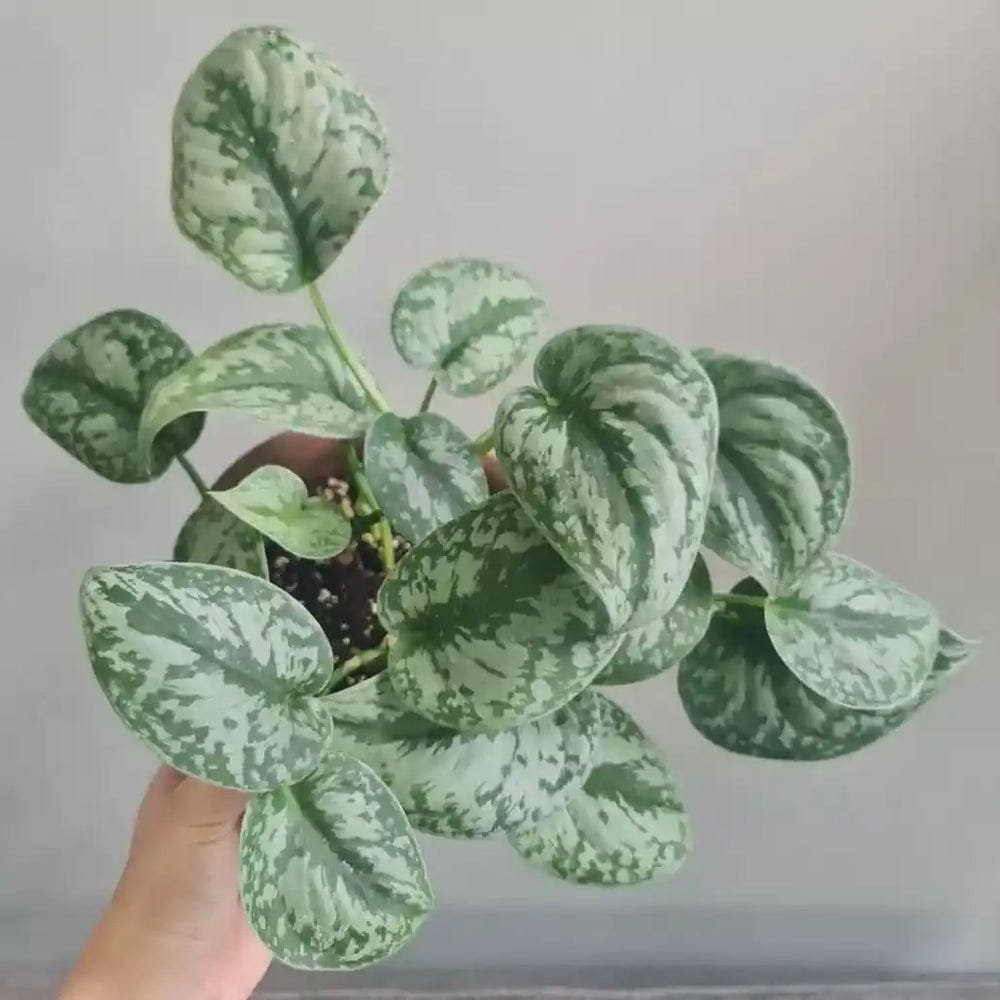
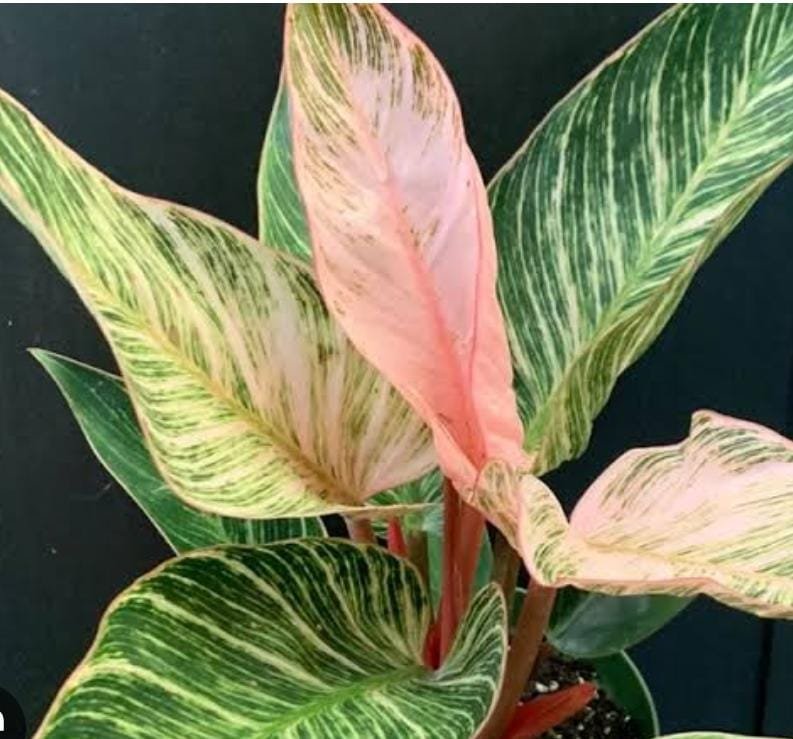
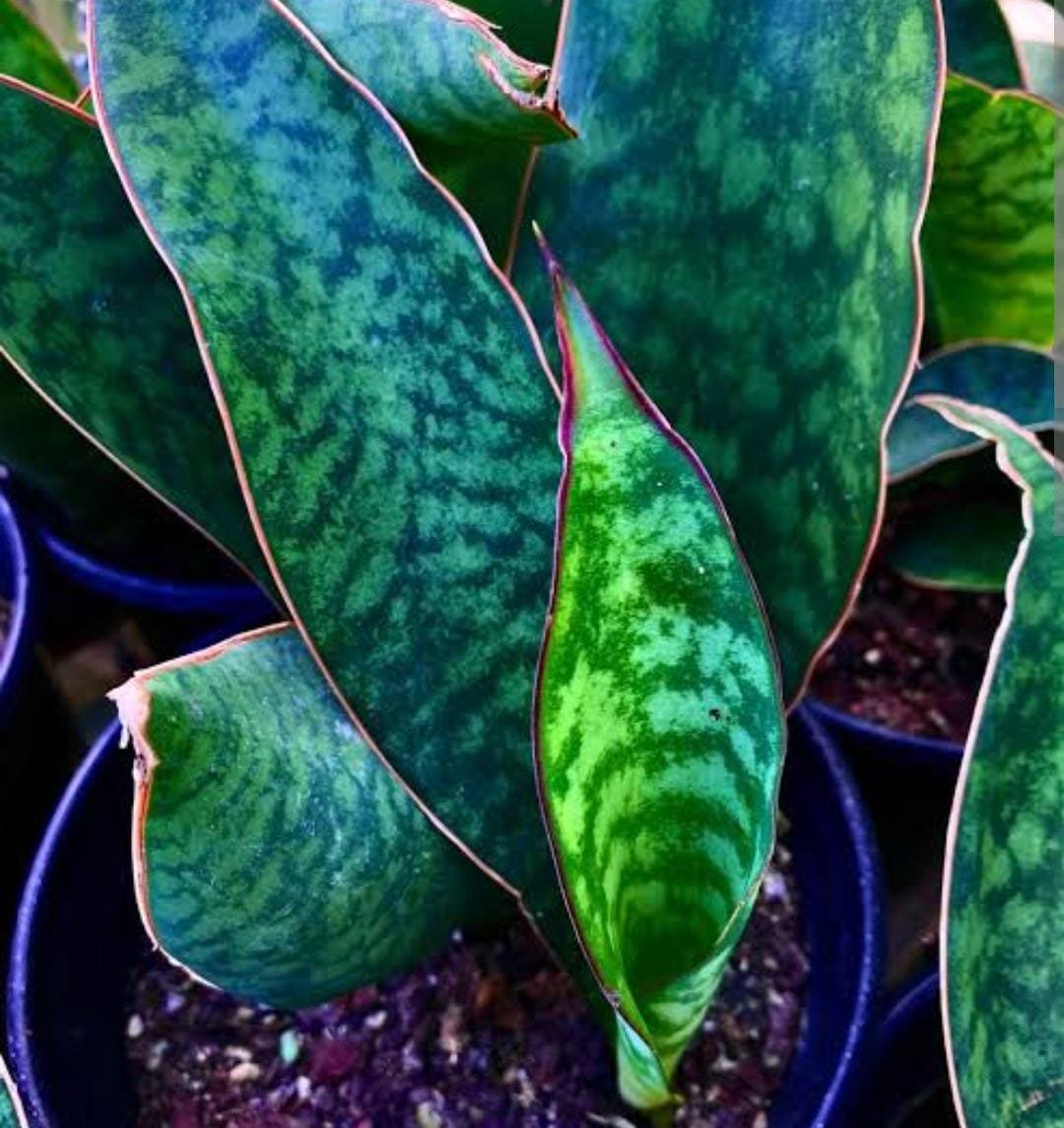
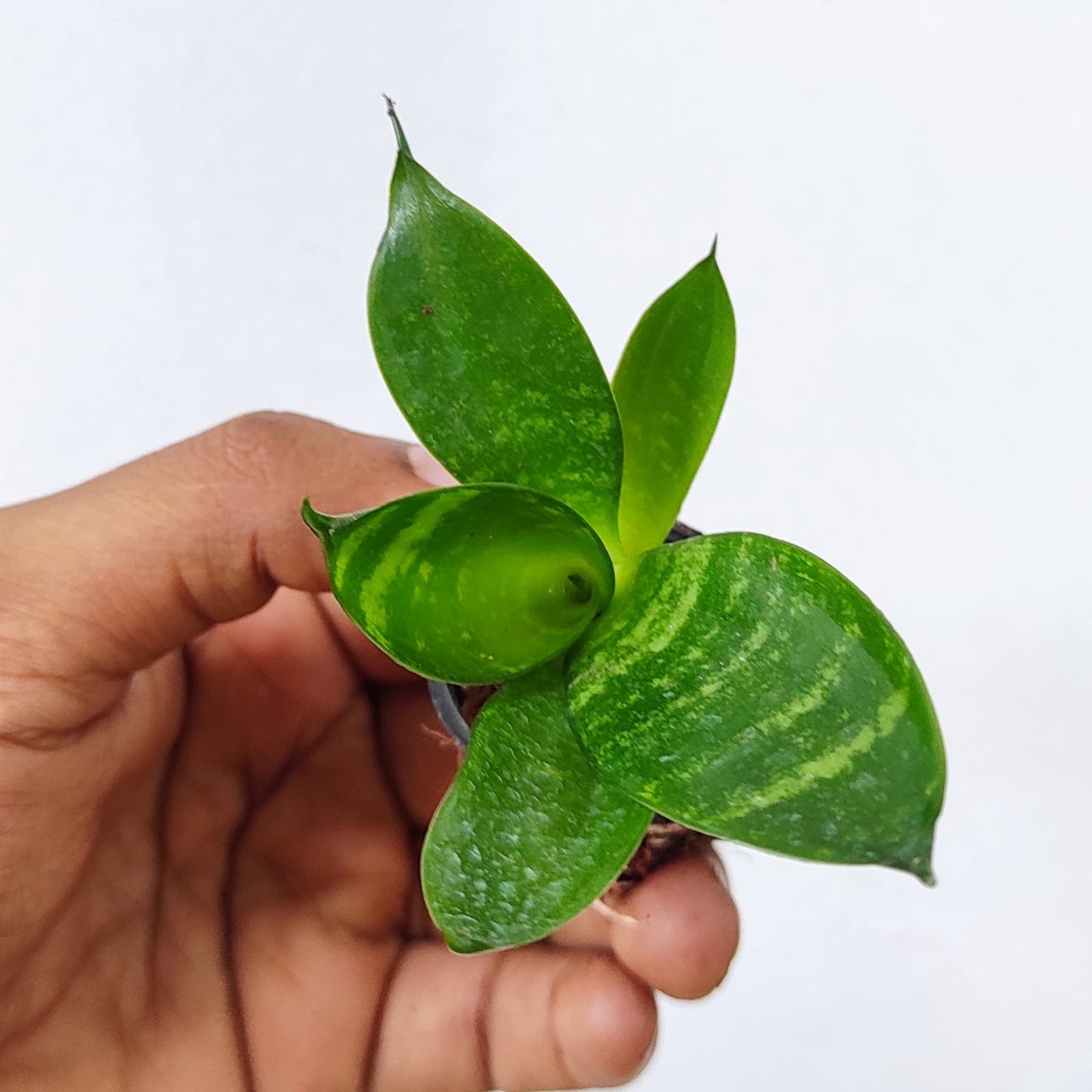
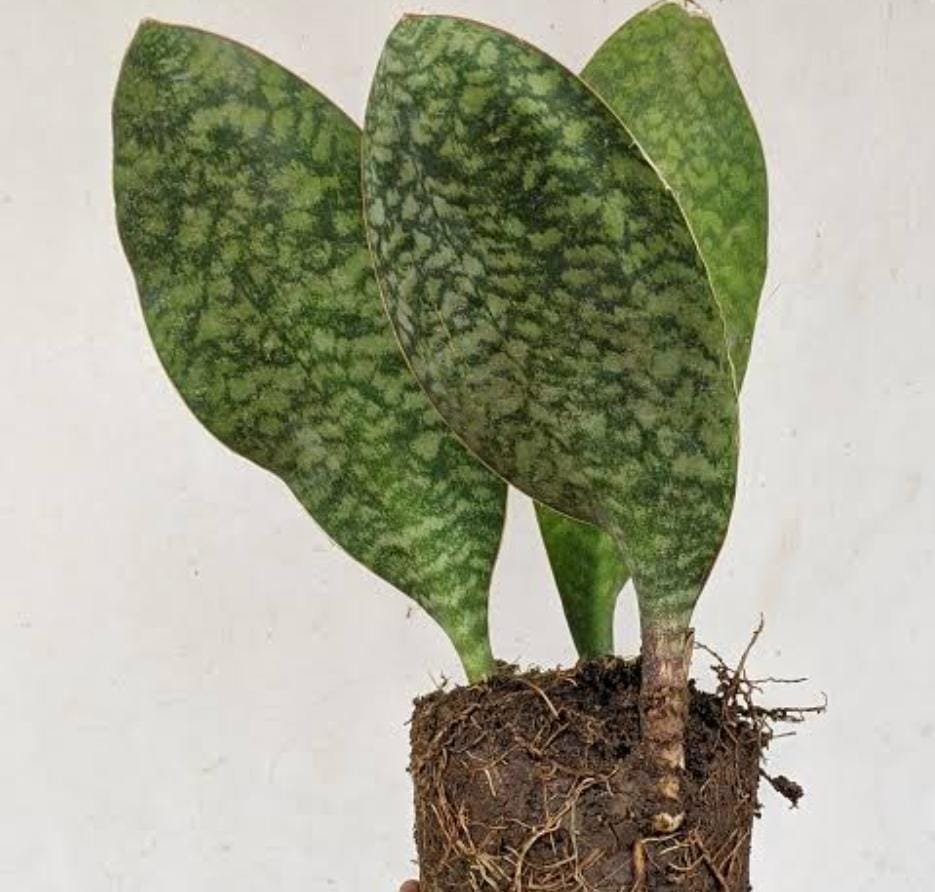
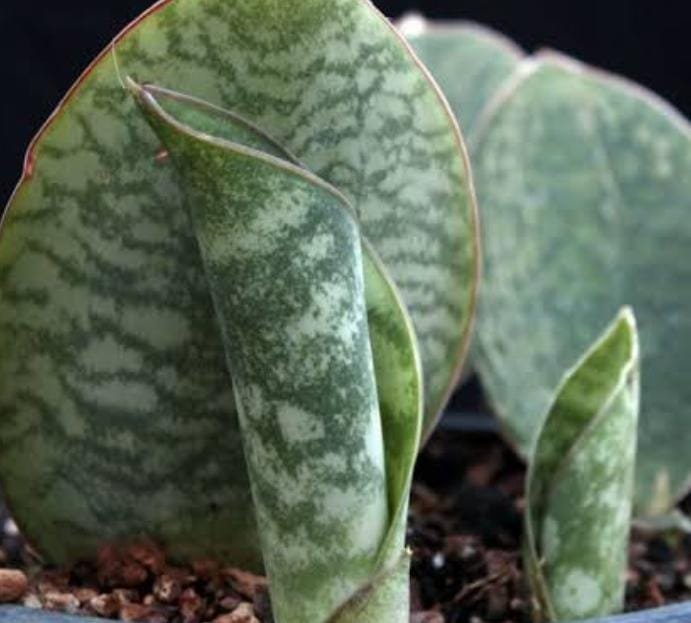
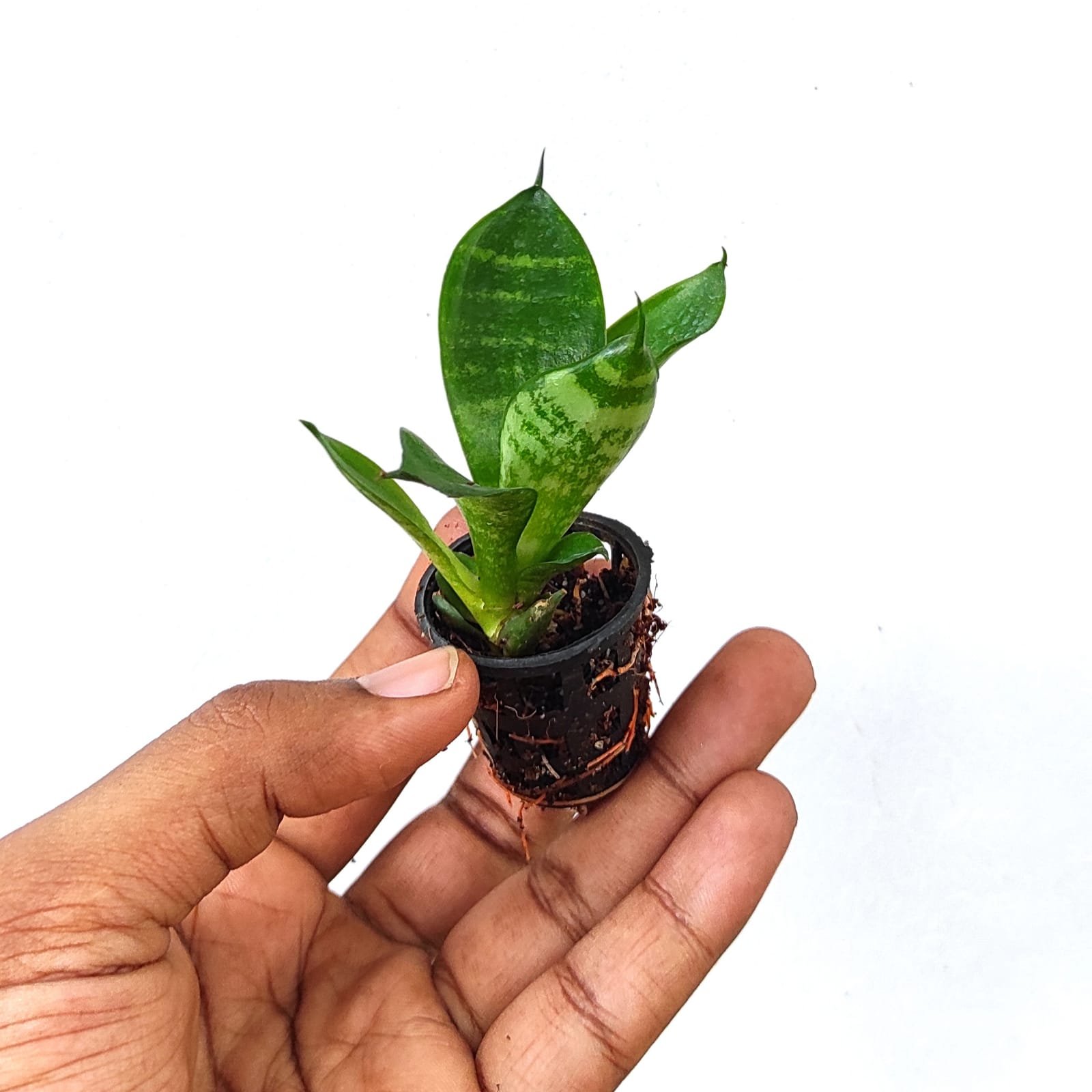
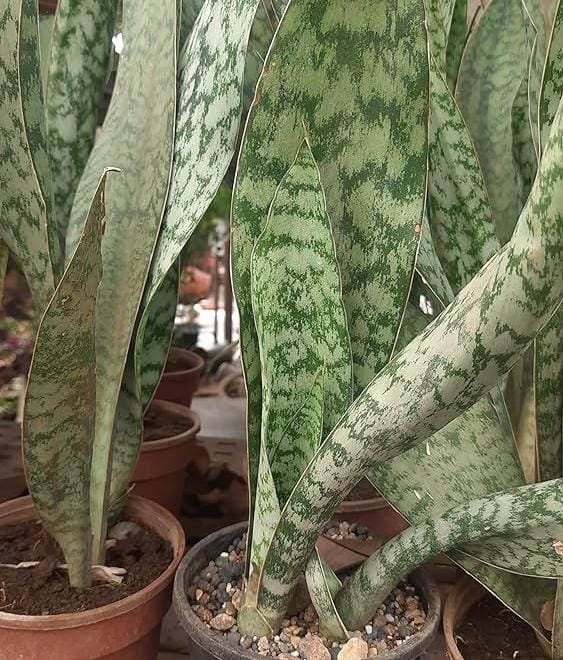
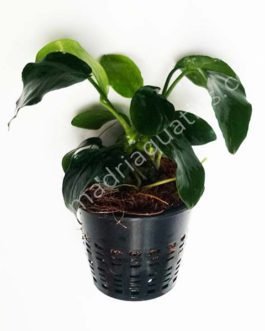
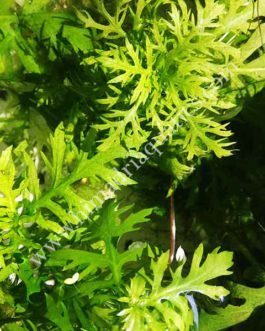
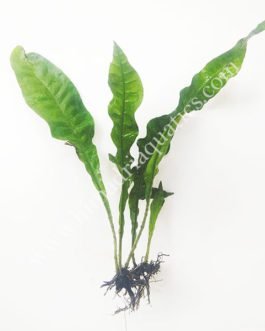
Reviews
There are no reviews yet.